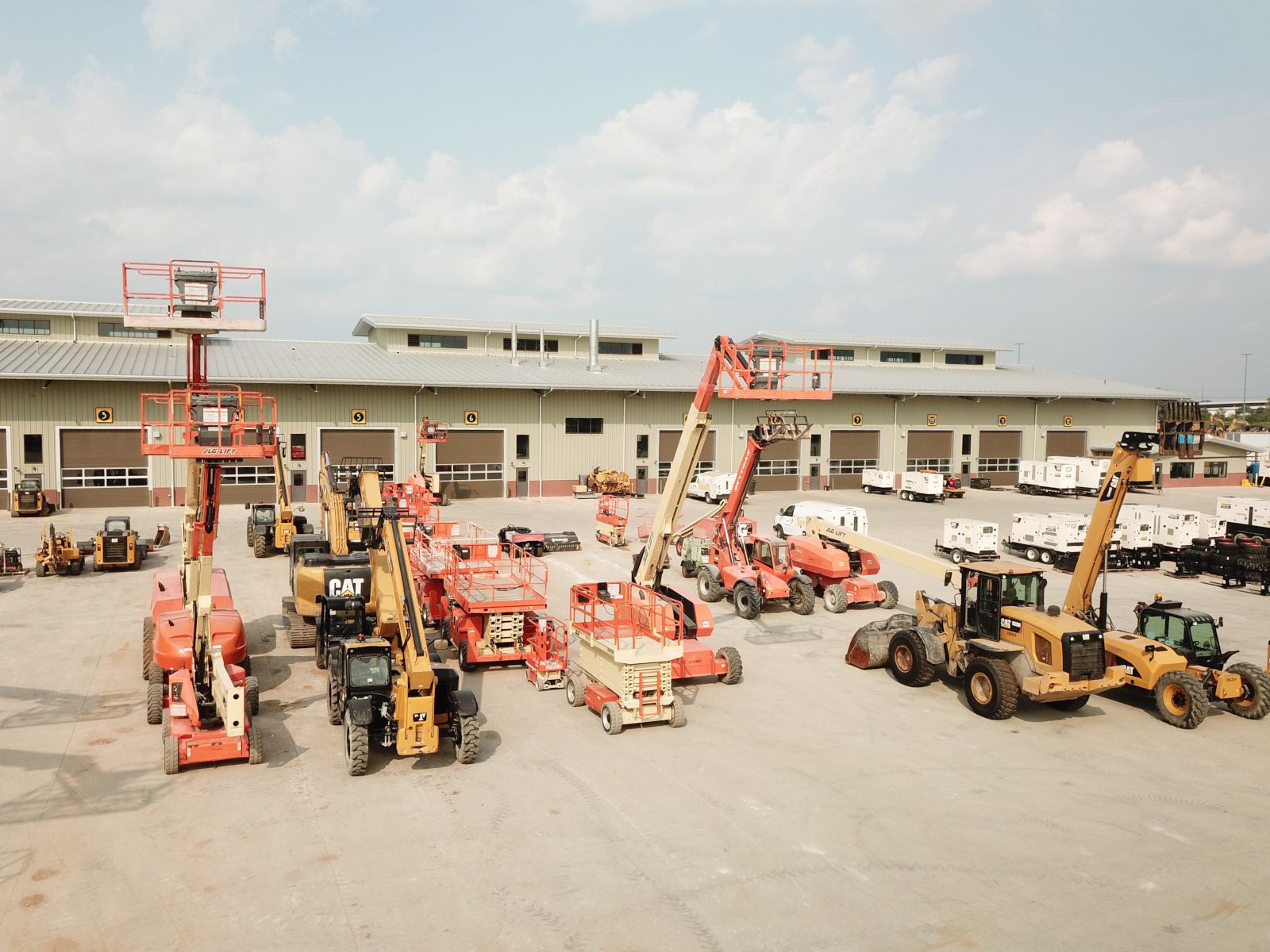Optimize Your Budget by Understanding the Prices Connected With Construction Tools Rentals
Recognizing the full scope of expenses linked with construction devices services is crucial for maximizing your budget plan. What approaches can be employed to effectively handle these expenses and guarantee an extra reliable rental experience?
Summary of Rental Prices
When taking into consideration building tools leasings, recognizing the connected costs is paramount for effective budgeting and task preparation. Rental expenses can differ considerably based upon a number of variables, consisting of equipment kind, duration of leasing, and location. The preliminary rental fee often mirrors the tools's market demand and its connected functional abilities, affecting the total expenditure.
Along with the base rental price, ancillary expenses might arise, such as transportation costs, fuel surcharges, and upkeep costs. It is important to represent these added expenses to accurately examine the complete price of renting equipment. Moreover, the rental duration can influence pricing; longer rentals may get reduced prices, while temporary services could sustain greater day-to-day charges.

Failure of Rental Prices
A detailed understanding of rental prices is crucial for service providers and task supervisors aiming to optimize their budgets. Rental rates for construction tools commonly contain a number of components, consisting of base prices, time-based charges, and usage costs.
Base rates are the core costs associated with the rental of the devices, typically identified by the type and size of the equipment. These prices can vary significantly, affected by factors such as devices need, accessibility, and regional market fads. Time-based fees, which might be daily, weekly, or monthly, serve to suit different task timelines and rental durations.
Additionally, rental prices may consist of usage costs, which are relevant when devices is made use of beyond a defined threshold, ensuring that the rental business can make up damage. Seasonal demand variations can additionally affect rental prices, with peak construction seasons normally commanding higher rates.
Furthermore, recognizing the rental company's policies regarding maintenance and insurance policy can supply further insight into the overall expense framework. By analyzing these elements, contractors can make educated decisions, guaranteeing the choice of rental tools aligns with both job needs and budget restrictions.
Additional Fees to Consider
Understanding the intricacies of additional charges is vital for professionals to handle their general rental expenses efficiently. Beyond the basic rental rates, different auxiliary charges can considerably impact the total cost of devices leasing. These charges typically include delivery and pick-up costs, which can differ based upon range and logistics included in carrying the equipment to and from the task website.
Additionally, some rental business may enforce gas surcharges if the tools is returned with much less gas than when leased. It is also important to recognize possible cleaning fees, specifically for specific equipment that calls for thorough maintenance after usage.

Extensively examining the rental agreement and making clear these extra costs ahead of time can help contractors ensure and stay clear of unforeseen prices that budget plans continue to be intact throughout the project lifecycle.
Repair And Maintenance Expenditures
Regular repair and maintenance expenses are often ignored factors that can dramatically influence the general cost of building tools rentals. When leasing tools, it is essential to think about not only the rental charges yet also the potential expenses linked with maintaining the equipment in optimal operating condition.
Many rental companies include fundamental upkeep as part of the rental agreement; nevertheless, extra comprehensive repair services or unexpected malfunctions can cause extra expenditures. It's important to evaluate the rental contract very carefully to comprehend what upkeep solutions are covered and what responsibilities fall on the tenant.
Moreover, devices that is not properly maintained can bring about inadequacies at work website, web possibly boosting and triggering delays project costs. To mitigate these threats, it is advisable to conduct normal assessments and keep open interaction with the rental copyright regarding any kind of concerns that develop throughout usage.
Insurance Coverage and Obligation Costs
Insurance and responsibility view expenses are important elements that can substantially impact the overall expenditure of building equipment leasings (dozer rental). These prices make sure that both the rental firm and the customer are protected from potential financial losses arising from accidents, damages, or burglary throughout the rental duration

Furthermore, customers should recognize any kind of deductibles or exclusions in the insurance plan, as these can impact possible out-of-pocket expenses. Comprehending the terms of any insurance protection is vital to prevent unanticipated costs. Ultimately, budgeting for insurance policy and responsibility costs can assist make certain a smoother rental experience and safeguard against monetary threats associated with building tasks.
Verdict
In final thought, an extensive understanding of the costs associated with building and construction tools leasings is vital for effective budget plan management. Ultimately, informed decision-making concerning devices leasings adds to the general success of building endeavors.
Rental prices can differ considerably based on several variables, including equipment kind, duration of rental, and area (boom lift rental). The rental duration can impact rates; longer rentals might certify for discounted prices, while short-term leasings might incur higher daily costs
By performing detailed study and great site engaging with credible rental business, specialists can successfully navigate the intricacies of rental pricing, eventually optimizing their financial sources.
Beyond the common rental rates, different supplementary fees can dramatically impact the overall price of equipment leasing. Rental firms commonly offer liability insurance coverage that covers injuries to 3rd parties or damages to residential property, while devices damage insurance can cover the expense of repair services or substitute if the rented devices is damaged.